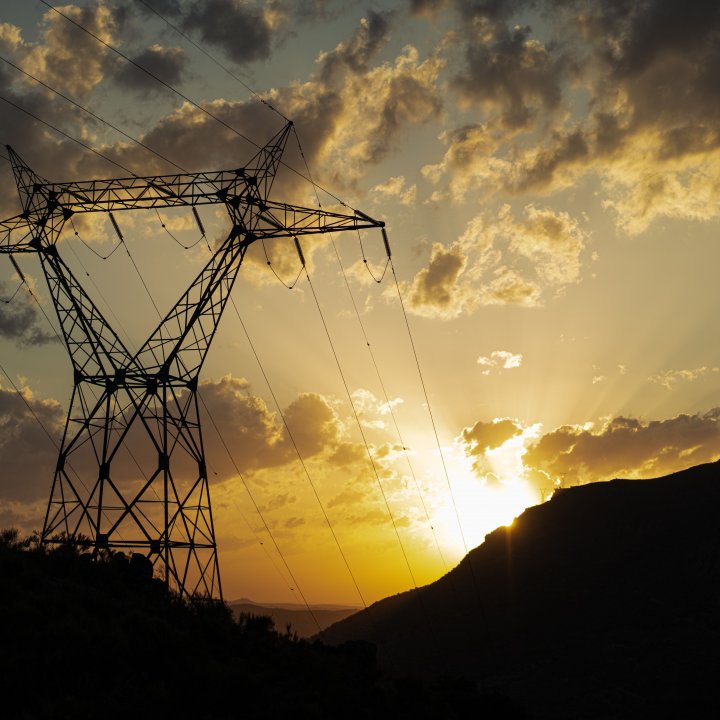
To help consumers understand how much they could expect to receive from retailers for their solar exports, IPART publishes solar feed-in-tariff benchmarks each year.
We set our benchmarks based on our forecast of the wholesale price of electricity at the time solar electricity is exported to the grid.
In NSW, retailers can choose whether to offer solar feed-in tariffs to their customers, and the level of the solar feed-in tariff they offer.
Consumers can compare a solar feed-in tariff offered by a retailer to our benchmarks to see if the solar feed-in tariff is reasonable.
We have published our solar feed-in tariff benchmark ranges for 2025-26. You can see these benchmark ranges here IPART’s solar feed-in tariff benchmarks.
We also publish a dashboard that shows the solar feed-in tariff offers available in the NSW and how they compare to our benchmark range. Use our Solar feed-in tariff dashboard.
IPART’s solar feed-in tariff benchmarks for 2025-26
We have published a Final Report on the solar feed-in tariff benchmarks for 2025-26.
Our Final Report includes the benchmark ranges for 2025-26 and how we considered stakeholder feedback on updates to our methodology.
We held a public workshop on 11 March 2025 to seek feedback on the changes to our methodology and we also accepted written submissions from stakeholders.
Who this review affects
This review affects consumers and small businesses who have solar panels and/or battery systems or who are considering investing in solar panels and/or battery systems.
Our benchmarks can help you to:
- understand if your retailer is offering you a reasonable feed-in tariff
- decide whether to invest in solar panels and battery storage systems
- compare retail offers and choose the best energy plan.
Our benchmarks also provide guidance to retailers on what a reasonable rate is for solar feed-in tariffs for energy plans they offer.

